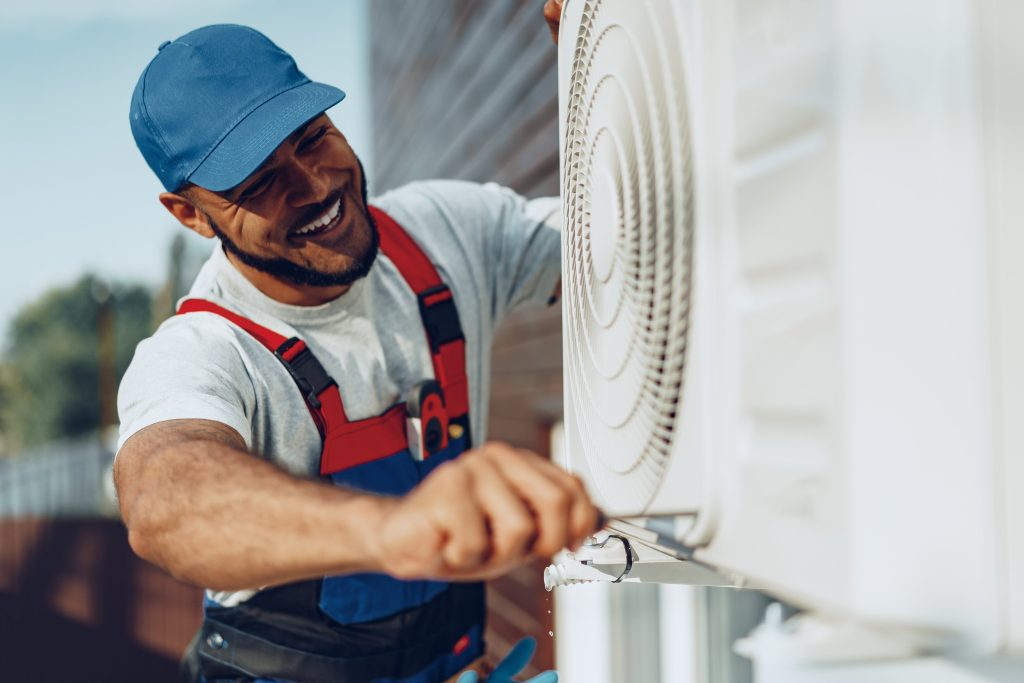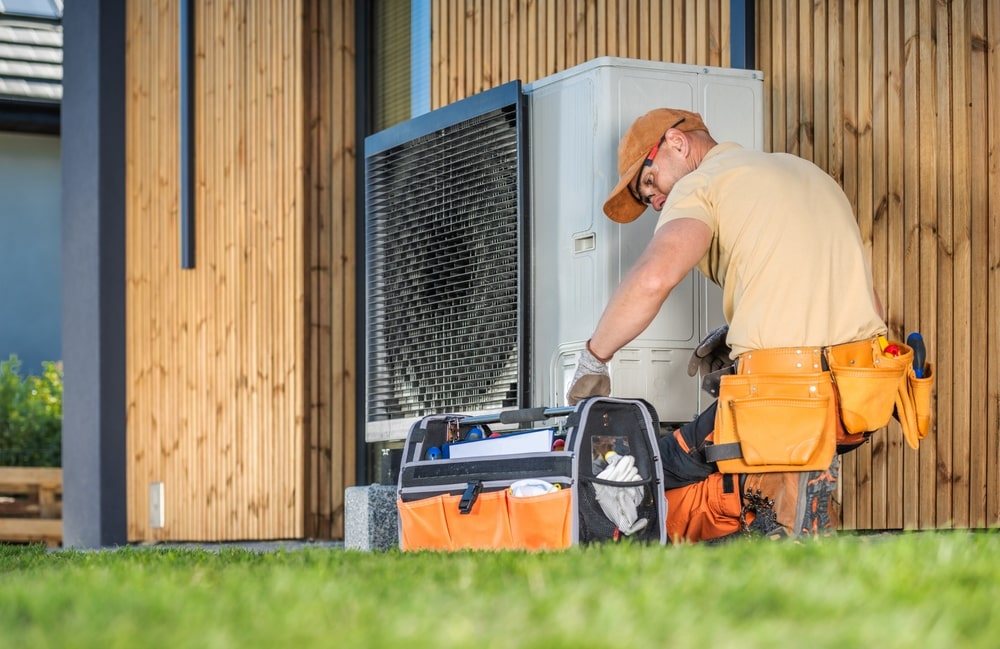
When shopping for a new air conditioner or heat pump, you’ll often see something called a SEER rating on the label. But what does it really mean—and why should you care? Understanding SEER ratings is key to making smart, energy-efficient choices for your home.
In this blog, we’ll discuss SEER ratings, how they impact energy bills, and what to look for when upgrading your HVAC system.
We’ll also cover how SEER ratings relate to heat pump efficiency, clarify what constitutes a “good” SEER rating in Canada, and assist you in determining when it’s time for a replacement.
What Is a SEER Rating, and Why Does It Matter?
SEER stands for Seasonal Energy Efficiency Ratio. It measures how efficiently an air conditioner or heat pump cools your home over a typical cooling season. The higher the SEER number, the more efficient the unit is—and the more money you can save on your energy bills.
Think of it like fuel efficiency in a car: a higher SEER rating means your system uses less electricity to produce the same amount of cooling.
For instance, a system with a SEER rating of 18 is significantly more efficient than one with a SEER rating of 13. While the initial cost may be higher, the long-term energy savings can offset this, especially during Canada’s hot summer months.
How SEER Ratings Impact Your Energy Bills
Let’s get into the dollars and cents. The efficiency of your HVAC system directly affects your utility bills. Older air conditioning units and heat pumps with SEER ratings below 10 can cost you hundreds more per year than newer, high-efficiency models.
According to Natural Resources Canada, heating and cooling account for up to 60% of a home’s energy use. That means every point increase in SEER can represent measurable monthly savings. Upgrading from a SEER 10 to a SEER 16 system, for instance, can cut cooling costs by nearly 40%.
Over time, the savings from lower energy consumption can offset the cost of a new HVAC system—and reduce your environmental footprint, too.

SEER Ratings and Heat Pumps: What You Should Know
Many Canadian homeowners are switching to heat pumps for their year-round efficiency. These systems both cool and heat your home, depending on the season. And just like with air conditioners, SEER ratings apply to a heat pump’s cooling function.
But there’s another rating to consider: the HSPF (Heating Seasonal Performance Factor), which evaluates heating efficiency. For a truly energy-smart choice, look for models with a high SEER rating and a strong HSPF rating.
Here’s why that matters: a high-efficiency heat pump with a SEER rating of 18 and an HSPF rating above 9 can cut both cooling and heating costs, making it a great long-term investment for Ottawa’s changing seasons.
On the Blog: The Benefits of Heat Pumps For Your Home Explained
What’s Considered a “Good” SEER Rating in Canada?
With changes to efficiency standards in recent years, the definition of a “good” SEER rating continues to evolve. In Canada, a SEER rating of 14 or higher is generally considered efficient. Aim for units with a SEER rating of 16 to 20 for premium performance and better energy savings.
Keep in mind:
- 13-14 SEER = Entry-level efficiency
- 15-16 SEER = Mid-range, good balance of cost and efficiency
- 17+ SEER = High-efficiency performance
At Dion Comfort, we often recommend systems in the 16–18 SEER range, which strike the perfect balance between affordability and energy savings for most homeowners.

When Should You Replace Your HVAC System?
Not sure if your current system is worth keeping? Here are signs it may be time for an upgrade:
- Your AC or heat pump is over 10-15 years old
- You’re seeing rising energy bills
- The unit struggles to keep your home consistently cool or warm
- Frequent breakdowns or costly repairs
- The system has a SEER rating under 13
By upgrading to a modern unit with a high SEER rating, you can reduce maintenance headaches and increase your home’s resale value while enjoying more comfort and lower bills.
Did You Know?
- A SEER rating 16 can be up to 13% more efficient than a 14 SEER model.
- According to Hydro Ottawa, the average home spends $2,000–$3,000 annually on heating and cooling, so even small efficiency gains add up.
- Energy Star-certified systems often start at SEER ratings of 15 or higher and may qualify for federal or provincial rebates.
Conclusion: So, What Do SEER Ratings Mean for Your Energy Bills?
In short, SEER ratings are a crucial measure of how efficiently your HVAC system cools your home. The higher the rating, the less energy your system uses—and the more you’ll save. Whether you’re thinking about upgrading your air conditioner or switching to a heat pump, understanding SEER ratings can help you make a smarter, more cost-effective decision.
At Dion Comfort, we’re here to help you find the best HVAC solution for your needs and budget.
Comfort You Can Count On—Every Season
Ready to take control of your energy bills and upgrade to a more efficient HVAC system? Dion Comfort offers expert installation of energy-efficient air conditioners and heat pumps that are perfect for Canadian homes. Whether you’re upgrading for comfort, savings, or sustainability, we’ve got you covered.
Get in touch today—we’d love to help you stay comfortable all year round!






